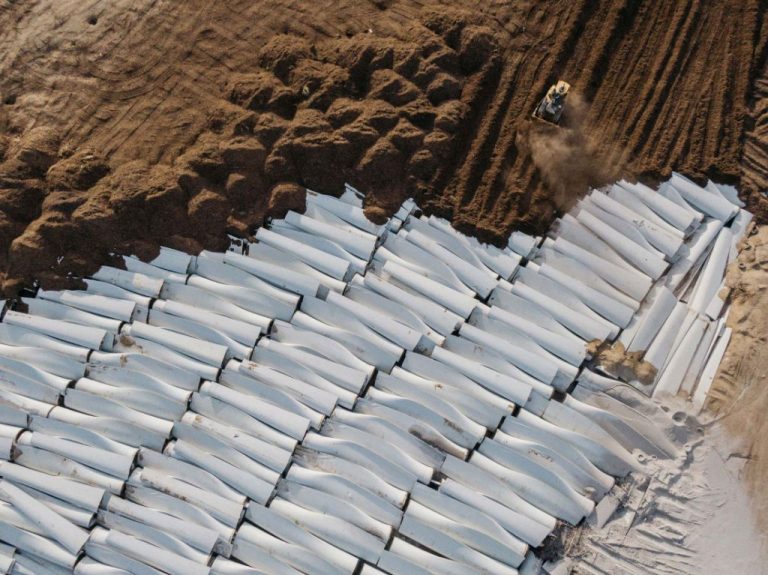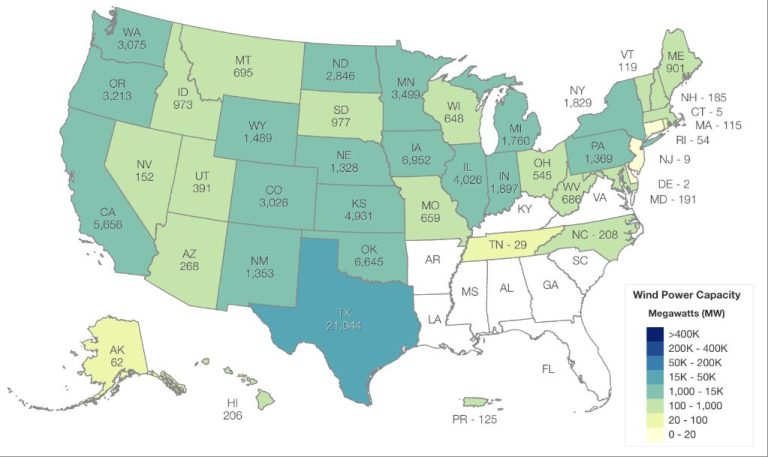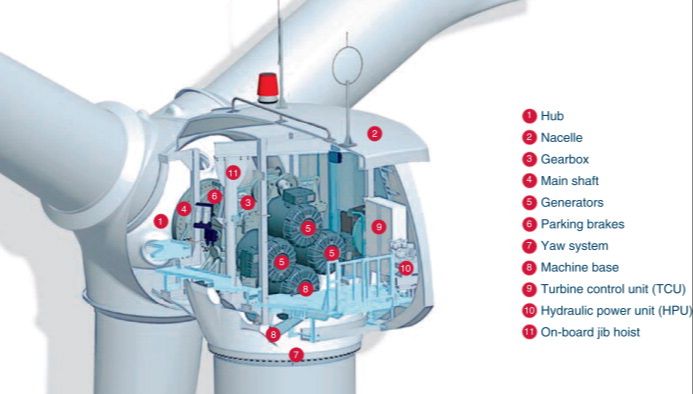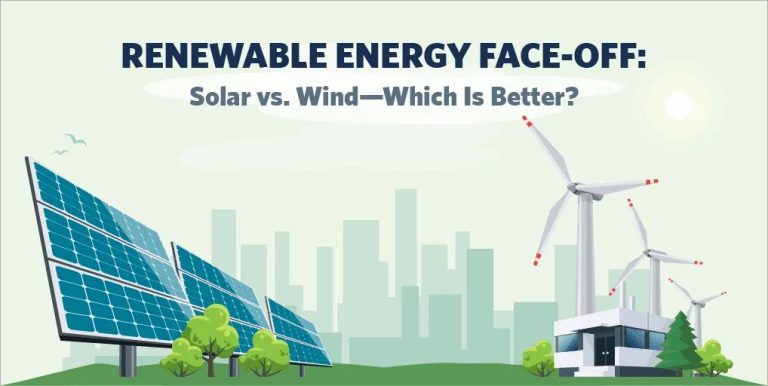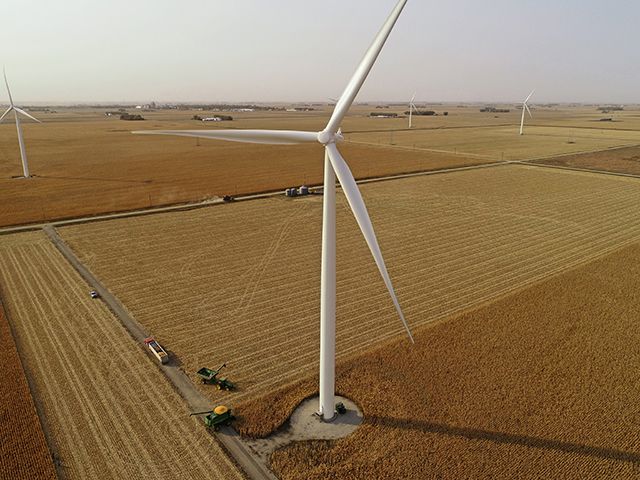What Is The Definition Description Of Wind?
What is Wind?
Wind is the movement of air from an area of high pressure to an area of low pressure. It is caused by the uneven heating of the Earth’s surface by the Sun. As the Earth’s surface is heated unevenly, it causes differences in air pressure. Air flows from high pressure areas to low pressure areas, creating wind.
Wind is characterized by its direction and speed. Wind direction refers to the cardinal direction that the wind originates from (e.g. northerly wind). Wind speed refers to how fast the air is moving and is measured in kilometers per hour (kph) or miles per hour (mph). Winds can range from light breezes to destructive hurricanes depending on the difference in pressure and distance over which the air travels.
Cause of Wind
Winds are caused by the uneven heating of the Earth’s surface. The equator receives more direct sunlight than the poles. This disparity in heating creates areas of warm air and cool air. Warm air is less dense and has lower air pressure than cool air. Air flows from high to low pressure, creating wind. There are three main causes of wind:
Uneven Heating of the Earth’s Surface
As mentioned, the equator receives more direct sunlight than the poles. This uneven distribution of solar energy creates distinct zones of rising warm air near the equator and sinking cool air near the poles. The rising warm air at the equator flows toward the poles high in the atmosphere, while the sinking cool air at the poles moves back toward the equator near the surface. This circulation creates the global wind patterns.
Pressure Gradients
Differences in air pressure drive winds. Air flows from areas of high pressure to areas of low pressure. On a weather map, these pressure differences show up as isobars—contours of constant pressure. Isobars spaced close together indicate a steep pressure gradient, which creates stronger winds.
Coriolis Effect
As wind moves from high to low pressure in the Northern Hemisphere, it gets deflected to the right by the Coriolis force caused by Earth’s rotation. In the Southern Hemisphere, the deflection is to the left. This effect gives winds their characteristic clockwise rotation around high pressure in the Northern Hemisphere.
Global Wind Patterns
On a global scale, wind flow is primarily driven by differences in air pressure and the rotation of the Earth. There are several major patterns of wind circulation that cover large areas of the planet:
Trade winds are winds that blow from the northeast in the Northern Hemisphere and the southeast in the Southern Hemisphere. They are found near the equator between 30 degrees north and 30 degrees south latitudes. The trade winds blow from subtropical high-pressure belts toward the equator and are then deflected westward by the Coriolis effect.
Westerlies are the prevailing winds that blow from the west toward the east in the middle latitudes between 30 and 60 degrees in both the Northern and Southern Hemispheres. The westerlies originate from the subtropical high-pressure zones and are driven toward the poles by the Coriolis effect. They are strongest in the winter months.
Polar easterlies are the winds that blow from the east toward the west in the polar regions north of 60 degrees north latitude and south of 60 degrees south latitude. They originate from the polar high-pressure systems and are cold, dry winds.
These large-scale wind circulations transport heat energy across the planet and drive weather patterns and ocean currents on a global scale.
Local Winds
Local winds are winds that are confined to a relatively small geographic area and are often influenced by local topography. Some examples of local winds include:
Sea Breezes
Sea breezes occur during the day when the land heats up faster than the nearby water. As the air above the land becomes warmer, it rises and draws in the cooler, denser air from over the water. This results in an onshore breeze blowing from the water onto land.
Mountain Breezes
Mountain breezes are winds that blow up mountain slopes during the day as the mountainsides are heated by the sun. At night, this reverses and winds blow downslope as mountain air cools faster than air in the valley.
Valley Breezes
Valley breezes result from the temperature differences between the air in a mountain valley and the air at higher elevations. During the day, as the mountain slopes are heated by the sun, the valley air warms and rises up the slopes. At night, the slopes cool faster, causing winds to blow down into the valley.
Santa Ana Winds
The Santa Ana winds are strong, extremely dry downslope winds that originate inland and affect areas of southern California. They form when high pressure builds over the Great Basin, causing air to flow downhill toward the coast, where it is compressed and heated as it flows downslope and through mountain passes and canyons.
Wind Speeds
Wind speeds can be measured and categorized in different ways. The Beaufort scale is a tool used to classify wind speeds based on observed conditions at sea or on land. Originally created in 1805 by Sir Francis Beaufort, this scale defines wind speeds on a 13-point numerical scale, with descriptions tied to the sea state and effects on land. For example, a gentle breeze ranges from 6 to 11 mph (10 to 17 km/h) and waves up to 3 feet. On land, wind will blow trees and twigs and extend a light flag. At the high end, a hurricane force wind is over 64 mph (117 km/h) and causes massive waves over 45 feet with widespread damage on land.
Another way wind speeds are measured is with an anemometer. This instrument consists of cups or propellers connected to a rotating shaft that spins with the wind. The rotations are then translated into wind speed measurements. Anemometers can measure instantaneous wind speeds or average speeds over longer intervals. They are an important tool for meteorologists monitoring weather conditions and tracking wind patterns.
Understanding wind speeds provides insight into weather forecasting, climate studies, wind energy assessments, and environmental impacts. Having standardized scales and accurate measurement devices enables analysts to quantify wind speeds consistently across locations worldwide.
Wind Direction
Wind direction refers to the compass direction from which the wind originates. It is an important factor in weather forecasting and tracking storm systems. Wind direction is reported in cardinal directions (north, east, south, west) and in degrees going clockwise, with north as 0 degrees and east as 90 degrees. A northeasterly wind blows from the northeast, originating between north and east.
Wind direction is determined by using a wind vane, also known as a weather vane. Wind vanes are instruments shaped like arrows that are mounted vertically on a rooftop or mast. The vane rotates freely to align with the wind, pointing the arrow in the direction the wind is blowing from. Looking at the arrow indicates the wind direction.
Wind direction can change throughout the day as weather patterns shift. Winds are named for the direction they originate from. For example, a northerly wind blows from the north to the south. Tracking wind direction changes can help meteorologists forecast coming weather systems and storms.
Wind Variability
Wind speed and direction can vary greatly over short periods of time. Gusts, squalls, storms, hurricanes, and tornadoes are examples of wind variability on local or regional scales.
Gusts are sudden, brief increases in wind speed that last from a few seconds up to around 20 minutes. They are caused by small-scale atmospheric turbulence and instability. Gusts can precede or occur during thunderstorms, fronts, and other weather events.
Squalls are sudden, sharp increases in sustained wind speed that can last from minutes to hours. They are often associated with fast-moving cold fronts. Squalls can include gusts, heavy rain, lightning, and thunder.
Storms cover a wide range of wind events usually accompanied by precipitation, like thunderstorms, blizzards, and hurricanes. Thunderstorms produce gusty, variable winds near ground level. Blizzards bring high winds along with blowing snow.
Hurricanes are large tropical cyclonic storm systems that produce extremely high winds and torrential rain. Wind speeds in hurricanes can reach over 157 mph. The strong winds extend far from the storm’s center, often causing damage to coastal areas.
Tornadoes are violently rotating columns of air extending from thunderstorms down to the ground. They produce potentially catastrophic wind gusts over 200 mph. Most tornadoes are relatively short-lived and small scale.
Impact on Weather and Climate
Wind plays a vital role in weather and climate patterns across the globe. As air moves from areas of high to low pressure, wind transports moisture and heat around the planet. This movement and transfer of moisture and heat has a profound effect on precipitation, cloud formation, and temperature patterns.
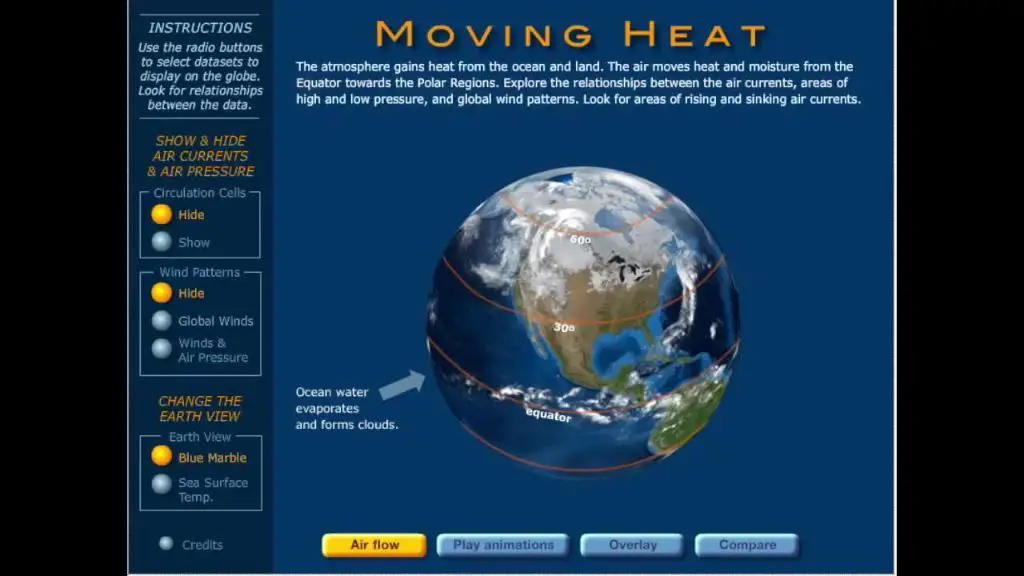
Wind transports moisture evaporated from oceans, lakes, and rivers through the atmosphere to other locations. As humid air is carried to higher altitudes over land, the air cools, condenses, and forms clouds. Eventually precipitation falls from these clouds as rain, snow, or other forms. The circulation of moisture by winds is a key part of the global hydrologic cycle that governs rainfall and drought worldwide.
Winds also redistribute heat that builds up in equatorial and tropical regions toward colder polar areas. This heat transfer shapes global temperature patterns and influences weather activity. As warm air meets cold air boundaries it can create low pressure systems and storm activity. The meeting of air masses with significant temperature differences is the engine behind many weather events.
Wind patterns also shape cloud formation and types. Subsiding air from high pressure systems leads to clear skies while rising warm and cold fronts create distinctive stratus, cumulus, and cumulonimbus cloud structures. The distribution of clouds across the planet further impacts climate and heat distribution.
Therefore, through the movement of moisture and heat, wind creates differentiated climates around the world and drives precipitation patterns, cloud formation, and storms. Wind is a fundamental mechanism influencing global and regional weather and climate.
Environmental Effects
Wind has several important effects on the natural environment. Three key environmental impacts of wind are erosion, pollen dispersal, and wave creation.
Erosion
Strong winds can greatly accelerate soil erosion in areas with loose or non-cohesive soils. The wind lifts and blows away tiny soil particles, resulting in loss of valuable topsoil. Wind erosion is a common problem in arid regions, as well as areas with sandy soils. Prolonged wind erosion can strip away the fertile topsoil, reducing agricultural productivity.
Pollen Dispersal
Wind plays a vital role in the dispersal of pollen grains, allowing plants to reproduce. As plants release pollen into the air, wind currents carry the grains far distances, enabling cross-pollination. This ensures genetic diversity among plant populations. Some species like pine and palm trees rely heavily on wind pollination. However, wind-dispersed pollen can also trigger allergies in humans.
Wave Creation
The interaction between wind and water surfaces generates waves. Strong winds blowing across the ocean or large lakes produce surface waves. The size and power of wind-driven waves depends on the wind speed, duration, and the distance of open water the wind has blown over (fetch). Rogue waves that form during storms can threaten ships and coastal structures. However, wind-driven waves can also generate renewable electricity through wave power devices.
Wind Energy
Wind is an increasingly important source of renewable energy in many parts of the world. Wind energy is harnessed by wind turbines, which use large blades to capture the kinetic energy of wind to generate electricity. Multiple wind turbines are often grouped together into wind farms that provide power to the electrical grid.
The strength, consistency, and direction of the wind in an area determines how much electricity a wind turbine or wind farm can produce. Good wind sites are often located in coastal regions, ridgelines, and other areas with consistent strong winds. Wind power is a rapidly growing industry as advances in turbine technology increase efficiency and drive down costs.
Wind energy offers a clean and renewable alternative to burning fossil fuels. Wind turbines don’t produce air pollution or greenhouse gases. Wind is a domestic energy source in many countries, improving energy security and reducing reliance on imported fuels. With plenty of untapped wind resources still available, wind power has the potential to make up a significant portion of the world’s electricity generation.

